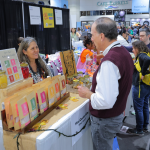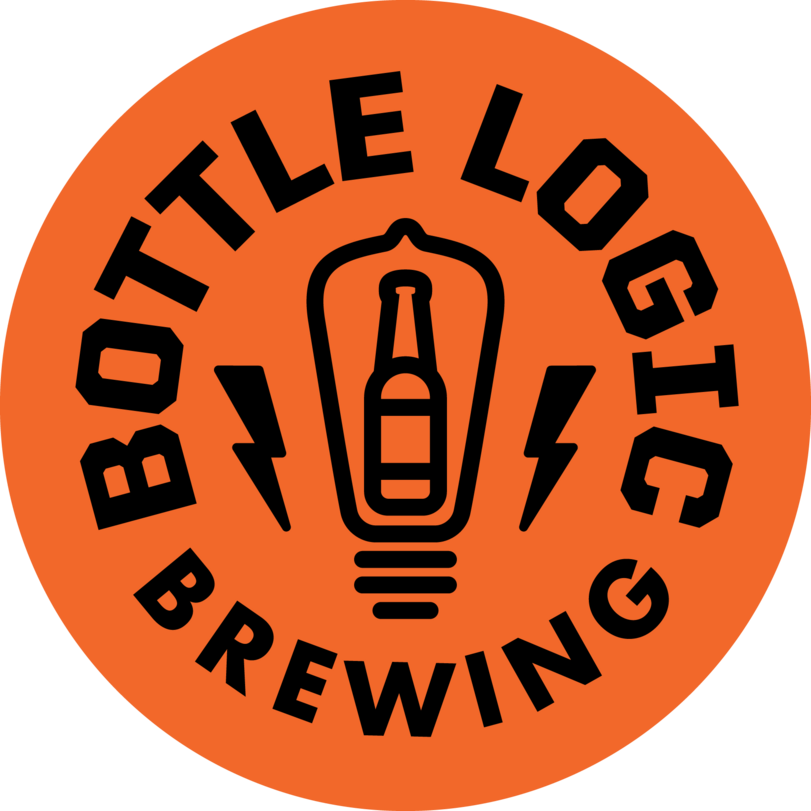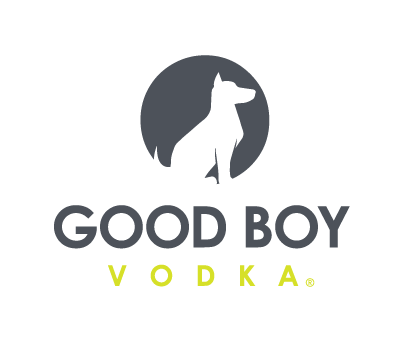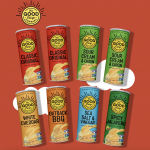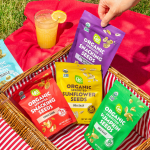Deloitte Consumer Survey: Pandemic Disrupts Purchasing Patterns
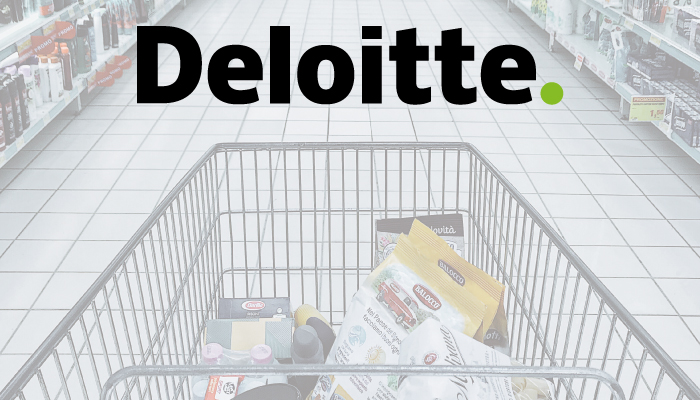
In recent years, consumers have increasingly gravitated towards “fresh food,” looking more and more to the perimeter of the store for their purchasing decisions. Yet, with an altered shopping experience and increased stockouts at retailers, COVID-19 has significantly impacted consumers’ priorities and purchasing behaviors in the fresh food category, at times resulting in consumers either having to look at center store options or to head online for shopping.
In a study titled “Future of Fresh” that it published last week, consulting firm Deloitte surveyed 2,000 adults aged 18 to 70 in the United States to examine changing consumer shopping patterns amid the pandemic, identifying new consumer profiles that are driving disruption and innovation. According to the study, the pandemic has greatly affected consumers’ shopping behaviors, with 54% of those polled noting their in-store shopping experience was more stressful than the previous year. Consumers are also shopping less often, as the percentage of consumers who bought fresh or perishable food multiple times a week dropped by half from last year, while the percentage of people doing so less than once a week increased 15 points.
However, this shift in shopping frequency did not indicate a drop in fresh food sales. Despite consumers who shop for fresh food at least once a week comprising 80% of fresh food sales, consumers actually purchased more food than they needed immediately, creating a surge in demand and out of stocks that left 65% of consumers unable to buy the fresh food they were looking for. This often led to consumers buying items that they wouldn’t typically purchase: 44% of consumers replaced a fresh food item they planned to buy with a fresh alternative, while 28% replaced it with a frozen or processed version.
Still, rather than seeing this as a negative experience, many shoppers have approached the situation as an opportunity for new product discovery. According to Deloitte, half of respondents who replaced their original choice ended up preferring the replacement item over the one they intended to buy.
Despite a change in purchasing behaviors, the survey found that price is still a crucial driver of consumer purchasing decisions. Amid the pandemic, however, a new driver — safety — has also become a concern. Shoppers are not only worried about their own safety and the safety of packaging (to prevent contamination), but also paying attention to labor practices, looking for fresh food brands that protect the safety of their workers. While still somewhat valued by consumers, other concerns, such as convenience and clarity in food labeling, are less important, at least temporarily, the study found.
Last year’s Future of Fresh study identified three distinct consumer profiles: Forwards (those consumers who prioritize health and wellness), Followers (those shoppers who balance health and wellness with price and value) and Neutrals, but these have shifted and evolved over the past year, accelerated by the pandemic. Analyzing responses related to topics such as shopping frequency, price perception and number of items purchased, Deloitte found two distinct consumer profiles: Conventional shoppers and Contemporary shoppers. According to Barb Renner, vice chairman of Deloitte, retailers must work to better understand these consumer profiles — particularly as grocery store visits become less frequent — in order to drive omni-channel growth.
Contemporary consumers (40% of respondents) are more wealthy and ethnically diverse, younger and reside in urban areas. This consumer group is “a source of disruption and innovation for the fresh category,” Deloitte noted, and brands that gear their products toward this group can “help hold off competition and unlock future growth.” Meanwhile, Conventional consumers are often older, lower-income and live in more rural areas.
These shoppers are more willing to pay a premium for fresh food than conventional consumers (a decision driven by COVID-19), with willingness to pay a premium up 6% compared to a similar respondent group surveyed in 2019. Contemporary consumers are also buying more fresh food, increasing these purchases 50% over the last four months, compared to only a 27% increase for conventional consumers. In deciding between products, brand played a strong role in purchasing decisions, with 64% looking at details such as sourcing, sustainability and food waste, so brands and retailers should aim to “efficiently and effectively” communicate these attributes.
While all consumers heavily value safety in their shopping experiences, the survey found that contemporary consumers in particular find shopping the most stressful and prioritize stress-free grocery availability. These shoppers are more apt to head online, with only 27% of contemporary consumers surveyed having purchased fresh food in grocery stores (versus 95% of conventional consumers). When shopping in-store, contemporary and conventional consumers also have different reactions to out of stocks: contemporary consumers are more likely to buy a replacement item rather than going without it, and more often replace a sold out fresh food item with an alternative fresh item.
A caveat, Deloitte noted, is that because Contemporary consumers are more susceptible to forming new shopping patterns, their preferences could be “more volatile and subject to change,” which could make it hard for brands to predict their behavior.
According to Brian Baker, managing director, retail and consumer goods, Deloitte, understanding different consumer groups’ purchasing patterns, particularly in the case of out of stocks, is key in order to lead them to suitable replacement items.
“For grocery retailers, predicting what consumers are likely to purchase is essential to keeping core items in stock,” he said. “Meeting consumer demand for healthy, sustainable and safe fresh food items, as well as providing new alternatives, will keep consumers returning across channels.”

